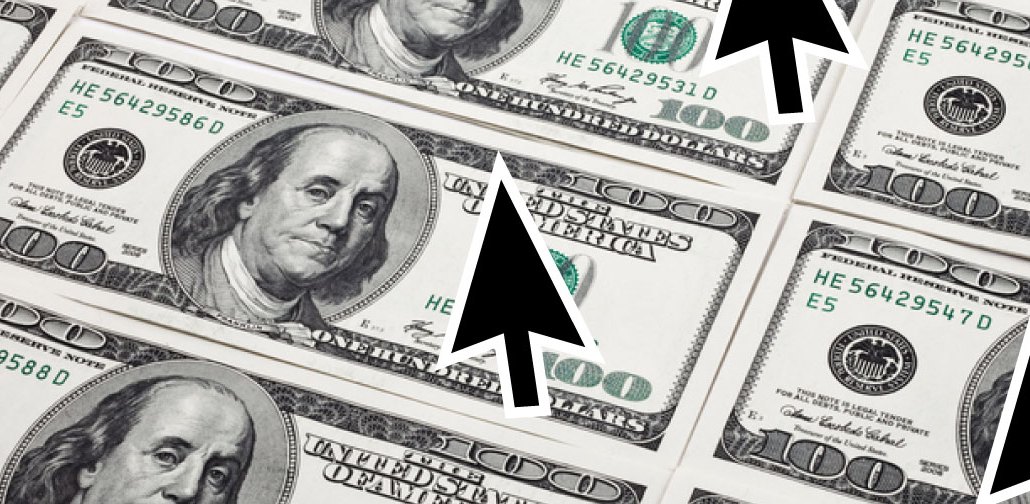
“I just hate this shit. It’s really that simple,” says Mike Nolet, a former ad tech insider, who now speaks his mind on topics affecting the industry. “Fraud. I just hate it.”
Nolet was recently alerted to yet another suspicious case of alleged Internet ad fraud: A shady website was the top generator of weekly video ad impressions on Google’s DoubleClick Ad Exchange, until it was promptly purged from the system.
A site called michaelgolf.com was behind 161 million ad impressions at a cost of $9.16 for every thousand views, adding to a grand total of $1.45 million in potential revenue in one week.
“The question is how long have they been doing this and how often do they get away with it,” Nolet said by phone this week, after writing about the suspected fraud in a LinkedIn post. “It kind of looks like they have a multimillion-dollar business running fraud.”
He said Google was quick to respond to his report, and the company told him that no advertiser would pay for the ads served to michaelgolf.com.
Google had said it already detected the activity and was on it. Ad tech sources said that Google is probably the company that is most adept at discovering and shutting down schemes within its ad ecosystem.
In any event, allegations of $1.5 million in ad fraud would amount to a tiny speck in the eye of the overall problem that affects the entire ad tech industry.
This particular style of fraud has been seen plenty of times in the past, and overall fraud is said to amount to billions of dollars a year for the ad industry — the exact number is unknowable and estimates vary.
The anatomy of the ad scheme, while common, was fairly sophisticated, according to Nolet. It works like this: The perpetrators set up sites like michaelgolf.com, they populate the sites with some generic or even pirated content, and then they drive traffic through click farms and other sources.
After his post, Nolet uncovered a whole portfolio of such dummy sites with stories and videos dedicated to niche topics like food, cameras, traveling, automotive and more.
After driving traffic to these flimsy sites, the bad players are able to serve tons of ads to each supposed visitor — ads that may not actually be visible on screens, on computers that may not even be operated by humans. And even if there were humans on the other end, they are not the premium audience advertisers are buying at nearly $10 for every thousand impressions.
In the case of michaelgolf.com, it had fewer than 1 million visitors in a seven-day period but served 161 million ads to those visitors. That means each viewer would have had to see about 170 video ads.
Another problem was that Nolet couldn’t even find a video player on the site.
An attempt to reach the people behind michaelgolf.com was unsuccessful, and an email sent to the team bounced back.
Google does have an initiative specifically designed to thwart “hidden ads,” and it has rejected serving ads to more than a million sites deemed untrustworthy because of their low-content value.
The issue of ad fraud is a constant challenge for the industry. Bloomberg Business just put “fake traffic schemes” on its cover, and the topic was front and center at Advertising Week.
Nolet also has covered other instances of suspected fraudulent activity at Facebook and AOL, among others.
“Every intermediary gets hit with fraud,” Nolet said. “Every single one.”
More in Media

Media Briefing: ‘Cloudflare is locking the door’: Publishers celebrate victory against AI bot crawlers
After years of miserably watching their content get ransacked for free by millions of unidentified AI bot crawlers, publishers were finally thrown a viable lifeline.

How Vogue could navigate potential industry headwinds as Anna Wintour — who agency execs say made ad dollars flow — brings on new edit lead
Anna Wintour’s successor at Vogue will have to overcome the myriad of challenges facing fashion media and the digital publishing ecosystem.

Here are the biggest misconceptions about AI content scraping
An increase in bots scraping content from publishers’ sites represents a huge threat to their businesses. But scraping for AI training and scraping for real-time outputs present different challenges and opportunities.





